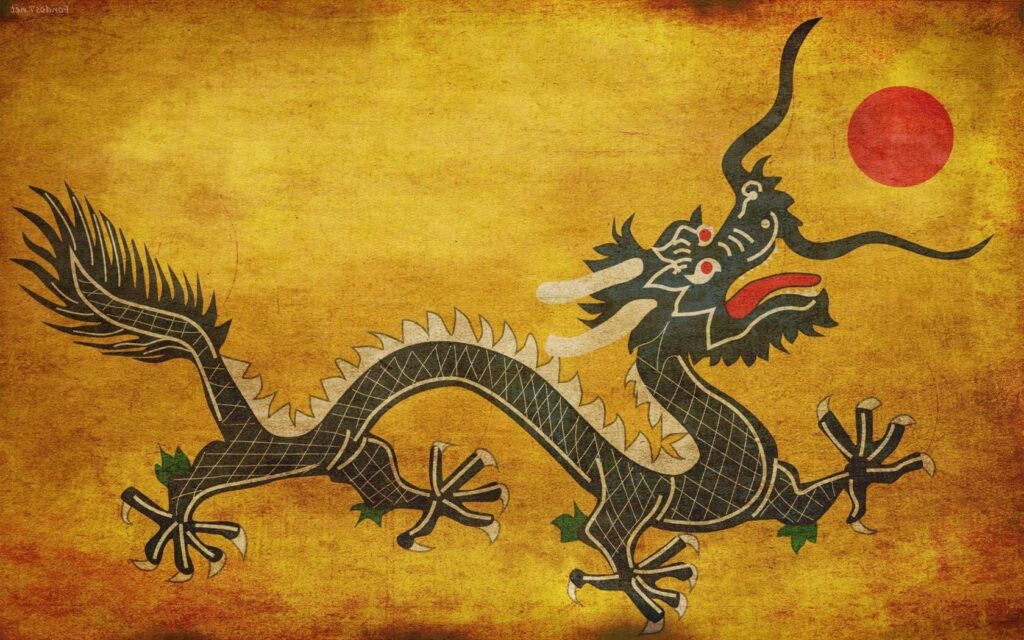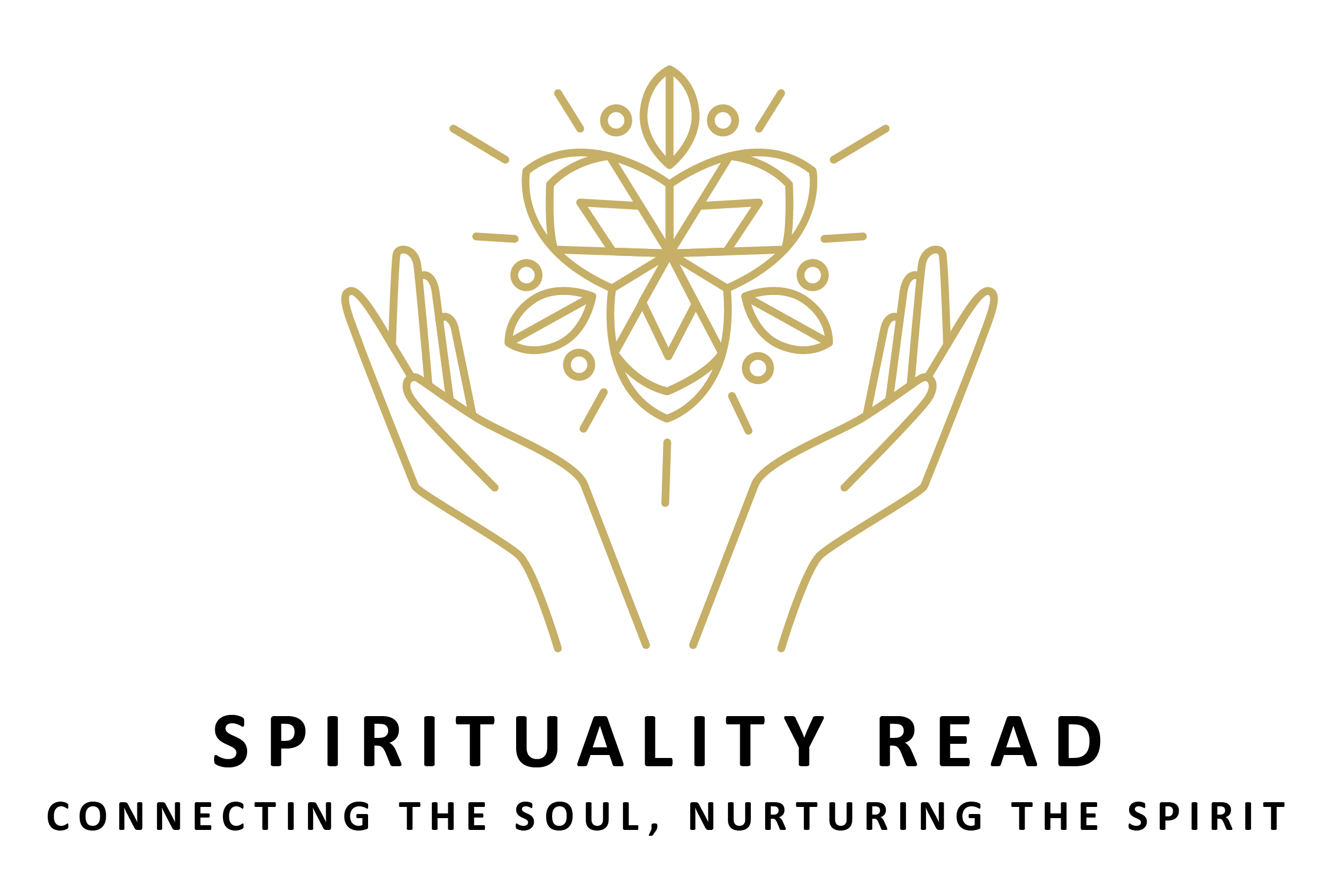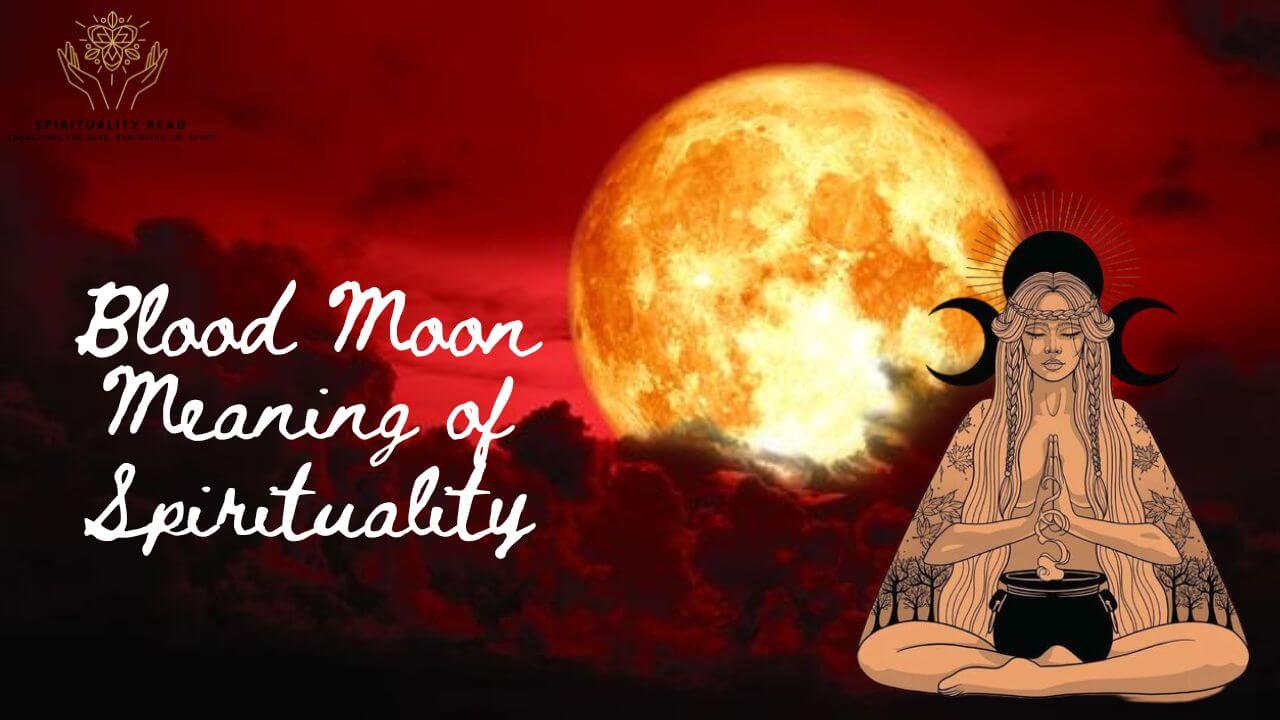There’s something undeniably captivating about gazing up at the night sky, with the Blood Moon standing out as a celestial marvel of great spiritual significance. This article embarks on a journey to explore the profound and multifaceted meaning associated with the Blood Moon in various cultures and Spirituality.
What is a Blood Moon?
A Blood Moon, at its core, is a captivating lunar eclipse that unfolds when the Earth positions itself between the Sun and the Moon. This celestial alignment casts a mesmerizing shadow on the Moon’s surface, casting it in a remarkable reddish hue. This visual spectacle is a result of the Earth’s atmosphere scattering sunlight, allowing the more extended red wavelengths to reach and illuminate the Moon.
Throughout the annals of history, the Blood Moon has evoked awe, wonder, and even trepidation. Many ancient civilizations perceived these events as omens, often foretelling significant changes or upheaval. The historical context of the Blood Moon is as diverse as the cultures that have observed it.
A Tapestry of Interpretations across Cultures
The night sky has long been a canvas upon which humanity has projected its beliefs, fears, and aspirations. Among the many celestial phenomena that have captured our collective imagination, the Blood Moon stands out as a symbol of both awe and wonder. What makes this celestial event even more fascinating is the rich tapestry of interpretations it has woven across different cultures throughout history.
Aztec Civilization: An Omen of Doom
In the ancient Aztec civilization of Mesoamerica, the Blood Moon was often viewed with trepidation. The Aztecs believed that a lunar eclipse, which caused the Moon to appear reddish, was a sign of impending doom. To them, it was an omen of great calamity and a time to prepare for the trials and tribulations that lay ahead.
Ancient China: The Mythical Dragon

Across the vast expanse of ancient China, the Blood Moon carried a different significance. It was associated with the mythical dragon. Chinese folklore believed that a celestial dragon was swallowing the Moon during an eclipse. To ward off the dragon and ensure its safe return, people would make loud noises and play music to scare away the mythical beast. This belief reveals the intricate connections between celestial events and cultural narratives.
Native American Tribes: Transformation and Cycles
Various Native American tribes have their own interpretations of the Blood Moon, often linked to cycles of nature and transformation. For some, the Moon’s transformation into a deep red symbolized the renewal of life and the regeneration of the Earth. It was a time for introspection, ritual, and a deep connection to the natural world.
European Folklore: Blood and Omens
In Europe, the Blood Moon was sometimes seen as a harbinger of dire events. Its red hue led to associations with blood and violence. In medieval Europe, lunar eclipses were often perceived as omens of wars, plagues, and other calamities. The fear and superstition surrounding the Blood Moon left a lasting mark on European folklore.
Biblical References: Prophetic Signs
The Bible, one of the world’s most influential texts, contains references to celestial events, including the Blood Moon. In the Book of Joel, there is a mention of the Moon turning to blood before the great and terrible day of the Lord. This prophetic connection between a Blood Moon and divine events has influenced religious beliefs for centuries.
Japanese Beliefs: The Demon’s Sickness
Japanese folklore tells the story of a celestial dog that steals and eats the Moon during an eclipse, causing it to appear blood-red. This was believed to be a harbinger of illness or plague, often referred to as “the demon’s sickness”. The Blood Moon was seen as a time to take precautions against illness and disease.
The Spiritual Essence of the Blood Moon
The night sky, with its celestial wonders, has always held a special place in the human heart. Among the various celestial events that inspire awe and wonder, the Blood Moon stands out as a symbol of profound spiritual significance. This article delves into the spiritual essence of the Blood Moon, exploring its role as a gateway to transformation and a source of spiritual revelation.
A Cosmic Connection
The Blood Moon is not just a celestial event; it’s a spiritual experience that has resonated with cultures and individuals throughout history. At its core, this lunar eclipse represents a moment when the Earth, Sun, and Moon align in a celestial dance. It’s a reminder of the intricate connections that exist in the universe and the interplay of cosmic forces.
A Moment of Transformation
For many, the Blood Moon is seen as a moment of transformation. As the Moon gradually takes on a reddish hue during the eclipse, it’s as if a profound shift is occurring in the heavens. This transformation often mirrors a personal transformation within those who witness it. It’s a time to shed old beliefs, habits, and patterns, and embrace a new beginning.
Deep Self-Reflection
The ethereal glow of the Blood Moon often inspires deep self-reflection. It’s a moment when people turn their gaze inward, contemplating their lives, their choices, and their connection to the universe. The darkness of the eclipse, followed by the Moon’s radiant rebirth, symbolizes the cycles of life, death, and rebirth that are central to many spiritual traditions.
Connecting with Higher Consciousness
Some believe that the heightened energy during a lunar eclipse opens a channel to the divine. It’s a time for prayer, meditation, and communion with the spiritual realm. The celestial event serves as a bridge between the earthly and the divine.
Reverence and Wonder
The sight of a Blood Moon often evokes a sense of reverence and wonder. Observing the Moon turning a deep shade of red can leave people in a state of awe, reminding them of the vastness and mystery of the universe. It’s a humbling experience that reinforces the idea that there are forces beyond human understanding.
Also Read: Religion and Spirituality: Exploring the Boundaries and Connections
Memorable Blood Moon Events
In the grand tapestry of celestial events, few are as awe-inspiring and captivating as the Blood Moon. Throughout history, certain Blood Moons have etched themselves into our collective memory, leaving an indelible mark on our understanding of the cosmos. In this article, we will journey through time and space to revisit some of the most memorable Blood Moon events in recent history.
The Super Blood Moon of 2021
In May 2021, skywatchers worldwide were treated to a spectacular celestial display a Super Blood Moon. This rare event combined a total lunar eclipse with the Moon’s closest approach to Earth, resulting in a larger and more vivid reddish-hued Moon. It was a breathtaking sight, with the Moon appearing like a colossal ruby in the night sky. This event reminded us of the sheer beauty and grandeur of the cosmos.
The Century’s Longest Blood Moon – 2018
In July 2018, the world witnessed the longest total lunar eclipse of the 21st century. Lasting an impressive 103 minutes, this Blood Moon captured the imagination of millions. It was a mesmerizing event, with the Moon gradually taking on a deep, reddish hue. Stargazers and photographers from various corners of the globe flocked to capture this celestial marvel, making it an unforgettable spectacle.
The Rare Tetrad of Blood Moons – 2014-2015
From 2014 to 2015, a rare series of four consecutive total lunar eclipses occurred, known as a lunar tetrad. What made this event even more fascinating was that each eclipse fell on significant Jewish holidays, adding to its mystique. This alignment of celestial and religious events sparked curiosity and wonder, leaving a lasting impression on both astronomers and those with a spiritual connection to the skies.
The Blood Moon over Stonehenge – 2015
In September 2015, a Blood Moon graced the ancient stone circle of Stonehenge in England. The juxtaposition of this iconic prehistoric monument with the celestial event was a sight to behold. Thousands gathered at Stonehenge to witness the Moon’s transformation, connecting the mysteries of the past with the wonders of the universe. It was a reminder of how our ancestors, too, must have marveled at such celestial occurrences.
The Eerie Blue-Blood Moon – 1983
This phenomenon resulted from the eruption of the El Chi Chon volcano in Mexico, which injected fine ash and aerosols into the Earth’s atmosphere, scattering sunlight and causing the Moon to appear bluish and tinged with copper. This unusual celestial event left astronomers and skywatchers spellbound.
The Emotional Impact of a Blood Moon
The night sky has a profound way of connecting with our emotions, and when it comes to celestial events, few can stir the soul quite like a Blood Moon. The enigmatic allure of a lunar eclipse can have a powerful emotional impact, leaving observers in a state of wonder and introspection.
Awe and Wonder
One of the most immediate emotional responses to witnessing a Blood Moon is awe. As the Moon gradually transforms into a stunning shade of red, it’s hard not to be overwhelmed by the sheer beauty and grandeur of the cosmos. This celestial event can trigger a sense of wonder, reminding us of the vastness and mystery of the universe. It’s a humbling experience that brings our place in the cosmos into sharp focus.
Reverence and Spirituality
For many, the sight of a Blood Moon carries a deep sense of reverence. It’s seen as a sacred moment, a time to connect with the spiritual aspects of life. Whether through meditation, prayer, or simply contemplation, the Blood Moon can evoke a profound sense of spirituality. It’s as if the celestial spectacle opens a doorway to the divine, inviting us to explore our innermost beliefs and connections with the universe.
Heightened Emotions
Emotions tend to run high during a Blood Moon. While there is no scientific evidence to explain this phenomenon, many people report feeling a heightened sense of sensitivity and emotion during the eclipse. Whether it’s a surge of happiness, introspection, or even a touch of melancholy, the Blood Moon has a way of stirring deep-seated feelings. This emotional intensity can lead to personal revelations and a deeper understanding of one’s inner world.
Connection to Nature
The Blood Moon also provides an opportunity to connect with the natural world. Observing the eclipse outdoors, under the open sky, can create a sense of harmony with the universe. The experience of being a small part of a larger cosmic event can foster a profound sense of unity with nature, fostering feelings of peace and connectedness.
Creativity and Inspiration
Artists and creatives often find inspiration in the celestial wonder of a Blood Moon. The ethereal and otherworldly qualities of the event can spark creativity and a desire to capture the moment in various forms of artistic expression, from poetry and music to visual arts. It’s as if the Moon’s transformation ignites a creative fire within.
Contemplation and Introspection
As the Moon progresses through its various phases during a lunar eclipse, it’s not uncommon for people to engage in deep contemplation and introspection. The beauty of the celestial event prompts questions about life, the universe, and one’s place in it. It’s a time for self-reflection and exploration of one’s hopes, dreams, and fears.
Conclusion
In conclusion, the Blood Moon, with its celestial allure and profound spiritual significance, continues to captivate humanity. Whether you see it as a mesmerizing cosmic spectacle or a powerful moment for spiritual awakening, the Blood Moon stands as a testament to the enigmatic beauty of the universe.
Also Read: Angel Number 33 Meaning & Symbolism
FAQs
What causes the Blood Moon to appear red?
The red appearance is due to sunlight scattering through Earth’s atmosphere, allowing the longer red wavelengths to illuminate the Moon.
Can a Blood Moon be witnessed from all locations on Earth?
Blood Moons can be observed from the nighttime side of the Earth during a lunar eclipse, but not simultaneously from all locations.
Are there specific rituals and customs associated with Blood Moons in different cultures?
Yes, various cultures have their own rituals and interpretations of the spiritual significance of Blood Moons.
Is there any potential health impact from prolonged viewing of a Blood Moon?
Extended staring at the Moon can strain your eyes, so it’s advisable to take breaks during extended observation.
What equipment is recommended for capturing the beauty of a Blood Moon in a photograph?
To photograph a Blood Moon, it’s best to use a tripod and a camera with manual settings for optimal results.

